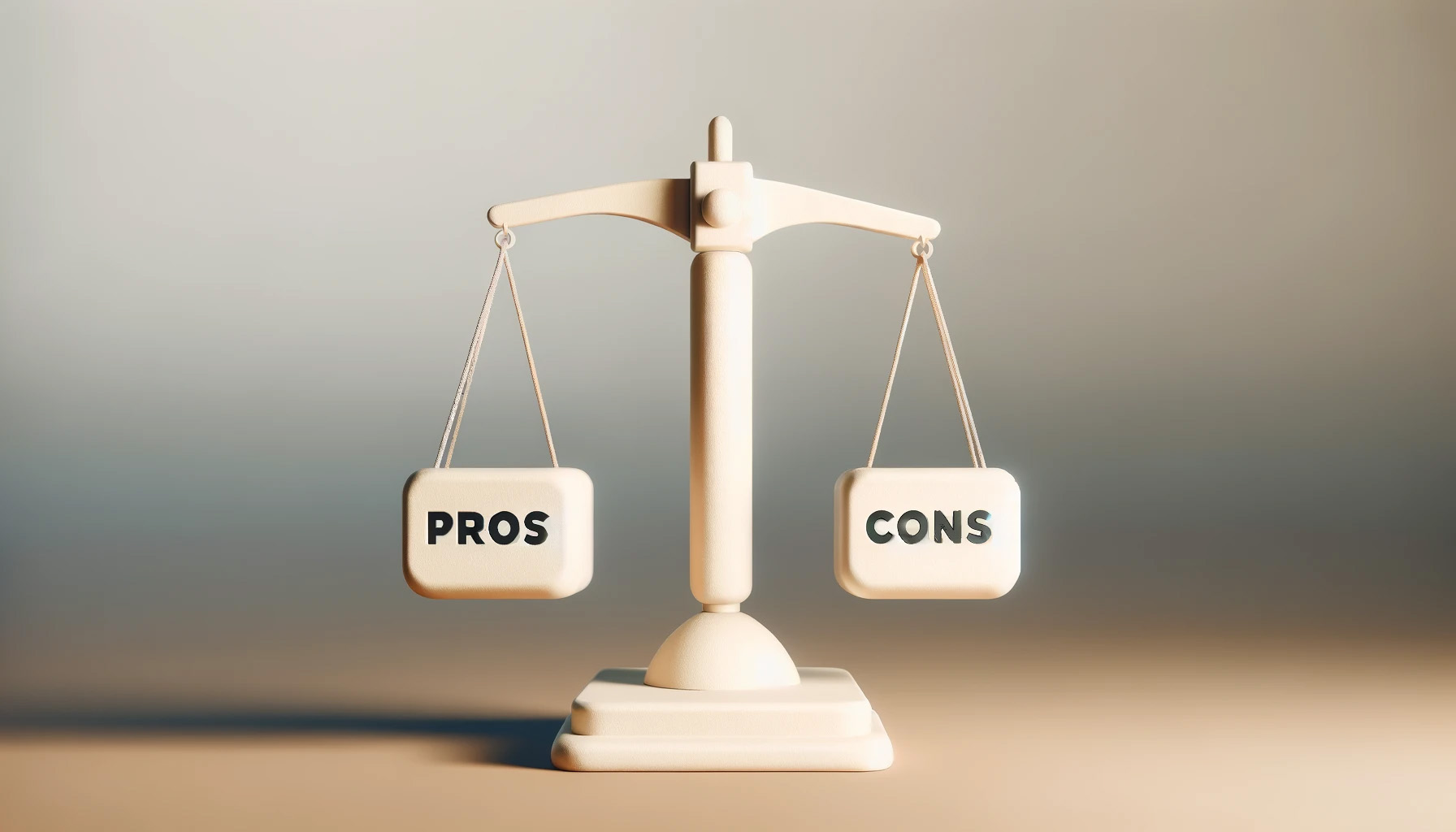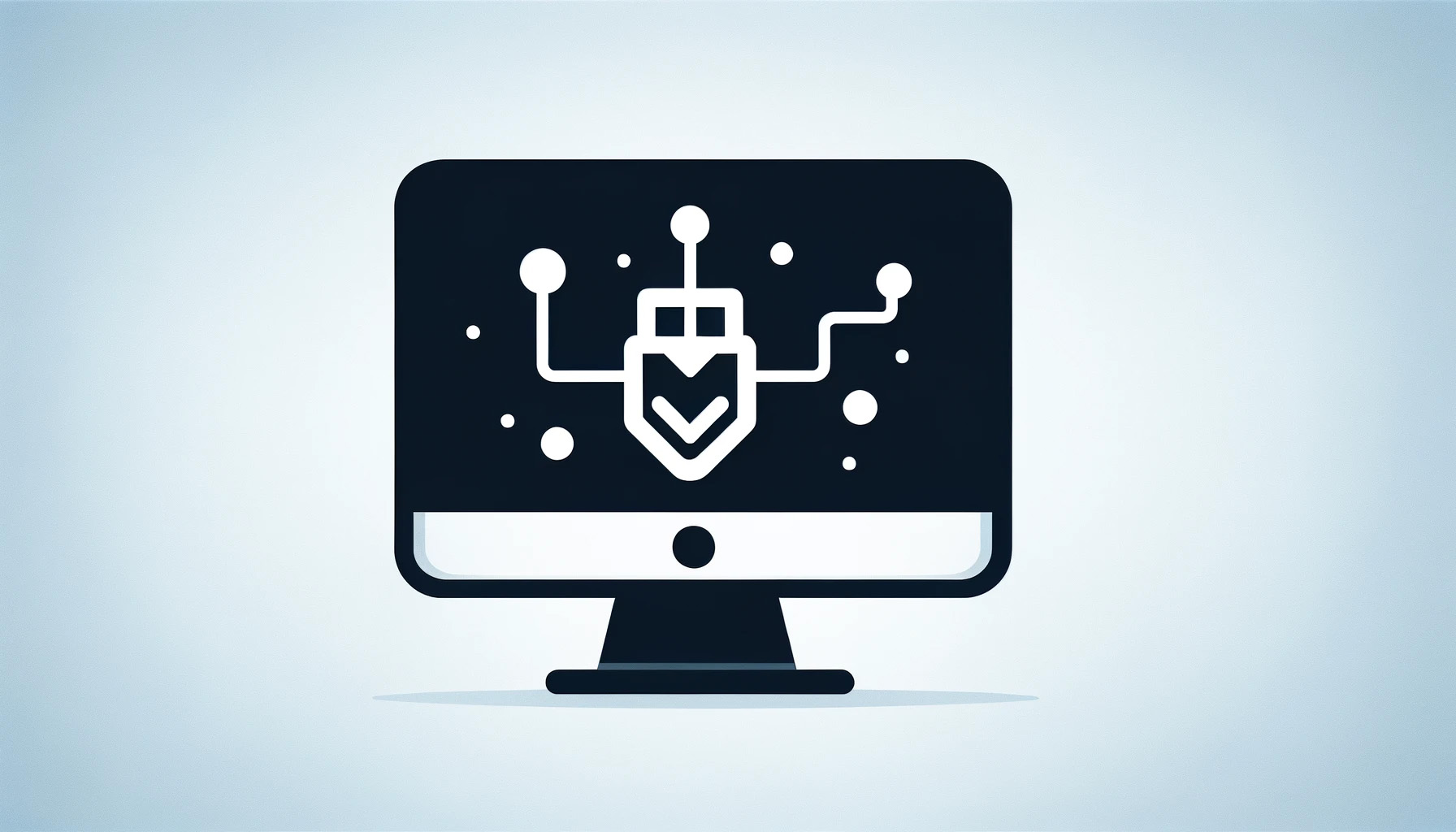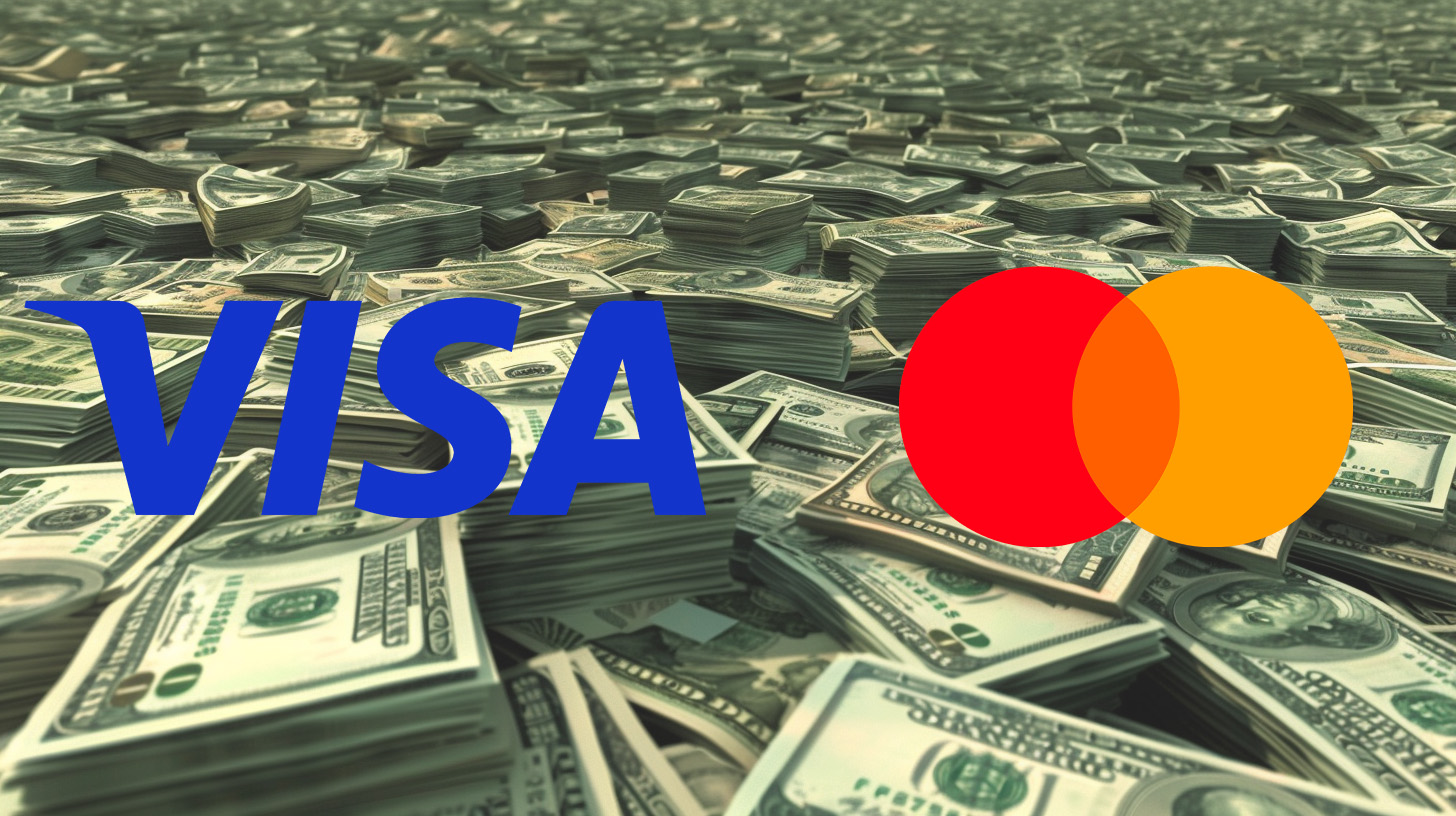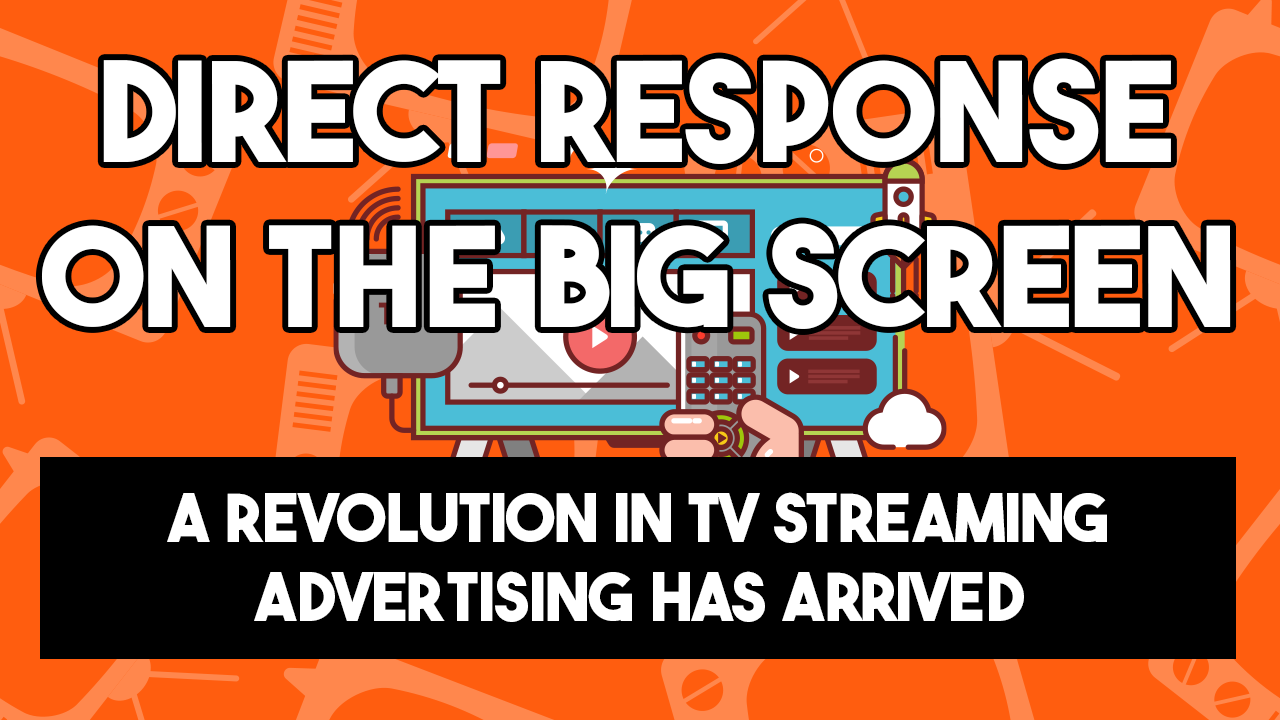
Level 2 Credit Card Processing: A Gateway to Lower Fees and Enhanced Data Insights
Mar 8, 2024 3 minutes
Understanding the nuances of credit card payment processing levels can be a game-changer for ecommerce businesses, especially those engaged in B2B and B2G sectors. Enter Level 2 credit card processing data — a middle ground that offers a deeper dive into the financial exchanges between merchants and clients, beyond the basic transaction details captured by Level 1.
This post peels back the layers of Level 2 processing, revealing its significance, who stands to benefit, and the tangible advantages it brings to the table. Whether you’re a seasoned finance professional or new to the world of credit card processing, this guide will illuminate the path to leveraging Level 2 data for your business’s benefit.

What is it?
What is Level 2 Credit Card Data?
In credit card processing, transactions aren’t just about transferring funds from a buyer to a seller. They’re an exchange of data, with each level offering a deeper insight into the transaction. Level 2 credit card data stands as a significant leap from the basic transaction details captured in Level 1, providing a richer amount of information that benefits both businesses and financial institutions alike.
At its core, Level 2 processing involves the collection and transmission of an additional amount of data beyond the standard card number, expiration date, amount, order number/invoice number, and product code for each line item. This data includes, but is not limited to:
– the merchant name
– transaction amount
– tax amount / duty amount
– customer code
– merchant postal code / merchant zip code
– tax ID / tax indicator
– merchant minority code
– merchant state code
Why the additional data? The goal is twofold: to reduce processing costs and to enhance the security and integrity of transactions. By providing more detailed information, transactions processed with Level 2 data qualify for lower interchange rates with credit card companies like Visa, Mastercard, American Express, and Discover. This is because the added information reduces the risk of fraud, making the transactions more secure and less costly to process.
Moreover, Level 2 processing helps businesses and financial institutions alike by offering greater insights into purchasing behaviors. This additional layer of data can be instrumental in managing corporate finances, enabling more precise tracking of expenses and streamlining reporting and reconciliation processes.
In essence, Level 2 credit card processing data bridges the gap between basic transaction processing and the more intricate requirements of B2B and B2G transactions. It’s an intermediate step that brings substantial benefits in terms of cost savings, security enhancements, and financial management capabilities, making it an invaluable tool for businesses looking to optimize their payment processing strategies.
If you’re looking for data Level 3 info, check here.

You could quality or benefit from Level II.
Who is Level II For?
Level 2 credit card processing is a nuanced feature in the payment industry landscape, tailored specifically for businesses engaged in B2B (Business-to-Business) and B2G (Business-to-Government) transactions. These sectors often involve purchasing and commercial card types, where transactions require a higher degree of scrutiny and detail compared to standard consumer card transactions.
B2B Companies
For businesses selling goods or services to other businesses, Level 2 processing is invaluable. These companies often deal with large, complex transactions that benefit from the additional data points Level 2 processing provides. This additional information can help streamline invoicing and reconciliation processes, making financial management more efficient.
Government and Institutional Purchasers
B2G transactions, such as those between businesses and government agencies or institutions, are another prime candidate for Level 2 processing. Given the stringent requirements for spending and accounting within many government bodies, the enhanced data captured in Level 2 transactions supports better compliance and reporting.
Vendors and Suppliers Accepting Purchasing Cards
Organizations that accept purchasing cards (P-Cards) from their clients need to accommodate the detailed reporting requirements these cards entail. Level 2 processing allows these vendors and suppliers to capture necessary transaction details, such as tax amounts and customer codes, facilitating smoother transactions and potentially leading to cost savings through lower interchange processing fees.
Financial and Corporate Controllers
Individuals in roles responsible for managing a company’s finances, such as CFOs, financial controllers, and accounting departments, benefit from the granularity of data provided by Level 2 processing. This data can significantly enhance financial analysis, budgeting, and expense tracking, making it easier to identify trends, manage costs, and ensure compliance.
Credit Card Companies and Payment Processors
While not the direct users of Level 2 data, credit card companies like Visa, Mastercard, American Express, and Discover support and encourage its use. Payment processors that facilitate these transactions also play a crucial role, providing the technological framework necessary for capturing and transmitting Level 2 data.
Think you qualify or want to? We can help!

The pros outweigh the cons.
What are the Benefits?
The adoption of Level 2 credit card processing data comes with a myriad of benefits designed to optimize business transactions, particularly for those involved in B2B and B2G sectors. Here are the key advantages.
Lower Interchange Rates
Perhaps the most compelling benefit, Level 2 processing can lead to significantly lower interchange fees charged by credit card companies. Since these transactions provide additional data that lowers the risk of fraud, credit card issuers offer reduced processing rates, translating to direct cost savings for merchants.
Enhanced Transaction Security
With the inclusion of more detailed transaction information, Level 2 processing inherently enhances the security of each transaction. This additional layer of data makes it more challenging for fraudulent activities to occur, protecting both the merchant and the cardholder.
Improved Financial Management
The detailed transaction data captured through Level 2 processing facilitates better financial oversight. Businesses can more easily categorize spending, streamline the reconciliation process, and improve budgeting accuracy. The availability of information such as the tax amount, customer code, and product description aids in comprehensive financial analysis and reporting.
Simplified Reporting and Reconciliation
The enriched data set provided by Level 2 credit card transactions simplifies the task of matching purchases with internal records, thereby reducing the administrative burden on accounting departments. This leads to more efficient operations and can help in quickening the close of financial periods.
Competitive Advantage
Businesses that implement Level 2 processing demonstrate to their B2B and B2G clients a commitment to efficiency and cost savings. This can serve as a competitive advantage, appealing to clients who value detailed reporting and lower transaction costs.
Compliance and Governance
For businesses that operate in sectors with strict compliance and governance standards, Level 2 data helps in meeting these requirements. The detailed transaction records support audit trails, tax compliance, and internal controls, reducing the risk of financial discrepancies.
Environmental Impact
By facilitating electronic record-keeping and reducing the need for paper-based documentation, Level 2 processing also supports environmental sustainability efforts within organizations.

Downsides? Who needs ’em.
What are the Possible Downsides?
While Level 2 credit card processing offers numerous benefits, there are also potential downsides to consider. These challenges can impact the decision of whether or not to implement Level 2 processing within a business’s payment infrastructure.
Increased Complexity
The additional data required for Level 2 processing can add complexity to transactions. Businesses must ensure that their payment systems are equipped to capture and transmit the extra information, which can necessitate system upgrades or integrations.
Higher Implementation Costs
Upfront costs associated with upgrading payment systems to handle Level 2 data can be significant. Businesses may need to invest in new software, hardware, or payment gateways that support the detailed data requirements of Level 2 processing.
Training and Adaptation
Employees involved in processing payments may require training to understand the nuances of Level 2 data capture and reporting. This learning curve can lead to temporary inefficiencies or errors as staff adapt to the new system requirements.
Potential for Data Entry Errors
With the requirement to input additional data for each transaction, there’s an increased risk of data entry errors. These mistakes can lead to transaction disputes, chargebacks, or non-qualification for the lower interchange rates that Level 2 processing aims to secure.
Not Suitable for All Businesses
For some small businesses or those with a predominantly consumer customer base, the benefits of Level 2 processing may not justify the costs and effort of implementation. The advantages tend to be more pronounced for companies with a significant volume of B2G or B2B transactions.
Dependence on Customer Compliance
The ability to qualify for lower interchange rates through Level 2 processing also depends on the customer’s use of appropriate purchasing cards and their willingness to provide the necessary transaction details.
Maintenance and Compliance Requirements
Maintaining compliance with payment card industry (PCI) standards becomes more complex with the addition of Level 2 data. Businesses must ensure that all transaction data is securely handled and stored, adding another layer of responsibility to their operations.

Implementing and qualifying for Level II is straightforward.
How do you implement and qualify for Level II?
Implementing Level II credit card processing in your business’s payment system involves several steps, each aimed at ensuring your transactions can capture and utilize the additional data required for Level 2 processing. Here’s a guide to get you started:
- Evaluate Your Needs: Assess whether your business will significantly benefit from Level 2 processing. Consider the volume of your B2G and B2B payments and the potential for savings on interchange fees.
- Choose a Compatible Payment Processor: Not all payment processors support Level 2 data. Research and select a processor that offers Level 2 processing capabilities and is compatible with your existing payment ecosystem.
- Upgrade Your Payment Gateway: Your payment gateway needs to be capable of capturing the additional Level 2 data fields. This may require upgrading your current gateway or switching to a new one that supports Level 2 processing.
- Update Your Point of Sale (POS) System: Ensure that your POS system can capture the required Level 2 information, such as sales tax amount, customer code, and merchant postal code. This might involve software updates or modifications to your POS configurations.
- Train Your Staff: Educate your team about the new process, especially those handling invoicing and payments. They should understand how to collect and input the necessary Level 2 data.
- Integrate Level 2 Data Capture: Adjust your invoicing and payment collection workflows to include the capture of Level 2 data. This may involve adding new fields to online checkout forms or updating manual invoicing processes.
- Test the System: Before fully implementing, conduct tests to ensure that the Level 2 data is being correctly captured and transmitted to your payment processor. Verify that transactions are qualifying for the lower interchange rates.
- Monitor and Optimize: After implementation, continuously monitor your transactions for Level 2 processing compliance. Analyze your savings on interchange fees and adjust your practices as necessary to maximize benefits.
- Stay Informed: Payment processing standards and technologies evolve. Stay informed about changes in Level 2 processing requirements and emerging technologies to ensure you continue to benefit from lower interchange rates and enhanced data processing.
Implementing Level 2 processing is a strategic move that can lead to significant savings and operational efficiencies for businesses heavily involved in B2B and B2G transactions. While it requires an upfront investment in time and resources, the long-term benefits can be substantial.
There are also Level I and Level III data, which are easier and more involved when implementing (respectively). If you need assistance or more information, get in touch with our team of payment processing experts.




